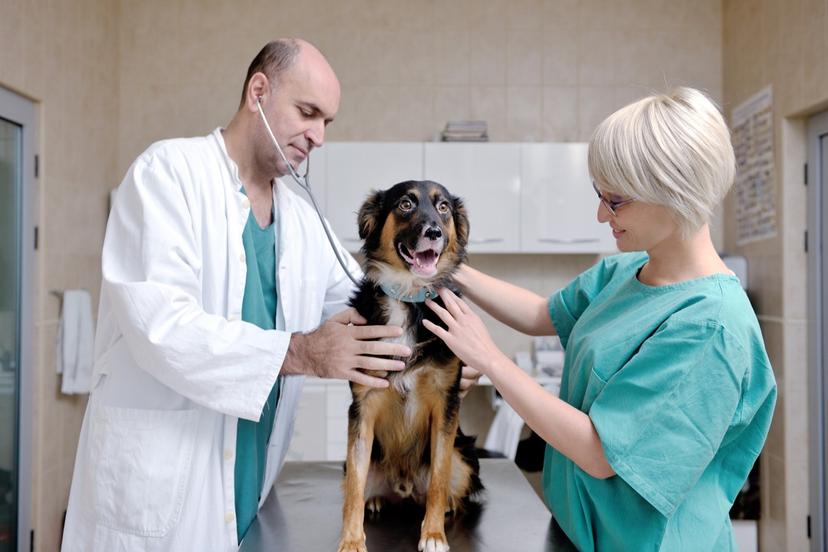Veterinary Medicine and Animal Care

Background
Animal care involves the care and maintenance of animals, both wild and domestic. The animal care field includes the training and breeding of animals, as well as promoting their health and care. It also includes the entire range of actions taken by humans to protect and preserve wildlife and pets and ensure their continued survival, such as the regulation of hunting and fishing and the establishment of zoos and sanctuaries. Another important part of animal care is educating people about animals and their needs; for example, naturalists educate the public in a general way while veterinarians educate pet owners about specific concerns.
The relationships among humans and other species are complicated and interdependent. Early humans hunted animals for food and killed animals that threatened their lives or their territory. Later, certain species were domesticated, to ensure an available supply of food, clothing, and tools. Other species were domesticated as pets. As long as humans have interacted with pets, they have practiced some form of veterinary medicine, although veterinarians as we know them today did not emerge until the 20th century.
Through the centuries humans have found ways to use and control animals for their own benefit, which has contributed to changes in the genetics of some domesticated species, transplantation into new or human-made habitats for some, and even extinction of some species. Since the 1600s, more than 500 species are known to have become extinct, mostly as the direct result of human alteration of habitat (because of the development of industry and agriculture) or excessive hunting. Hundreds of other species are in danger of extinction, including the tiger, Brazilian tapir, giant otter, gorilla, and numerous species of whales.
A concerted conservation movement did not get started in the United States until the second half of the 19th century when the government set up a commission to develop scientific management of fisheries, established the first national park (Yellowstone), and set aside the first forest reserves. President Theodore Roosevelt's administration is credited for progress in saving natural resources, which included the establishment of the U.S. Forest Service and the appointment of a conservation commission. Progress in conservation was slow until the 1930s, when many conservation programs were started under President Franklin D. Roosevelt's administration as a part of the New Deal. Conservation is now an established activity of the federal government, which takes responsibility for soil, forests, grasslands, water, fish and other wildlife, and federally owned recreation areas.
Since ancient times, many people, including the Greeks, Romans, Aztecs, and Incas, have kept collections of wild animals. Animals were collected for scientific study, and also for display, entertainment, and sport. Noblemen of the Middle Ages had private zoos.
One of the first zoos designed for public exhibition and scientific research was the Jardin des Plantes in Paris, which opened in 1793. By the end of the 19th century there were zoos open to the public in several large European cities and in the United States. Today, some animal species exist only in zoos, and animal scientists attempt to breed rare animals in captivity, usually with limited success, and sometimes to return animals to the wild.
The domestication of animals probably began as a herding process when early nomads moved from place to place according to the migrations of the animals that provided their food. Herders eventually developed ways to contain and control livestock production and then engaged in bartering and selling of animals. Livestock farming and animal husbandry grew over the centuries to become the big business it is today, not just for the production of food but also vaccines, antitoxins, hormones, and vitamins, as well as wool and hides. As humans became more invested in their animals for survival, they looked for ways to keep them healthy and combat diseases that ravaged not only the animals but the human communities that kept them as well. Early veterinarian medicine focused on these concerns and on work animals such as horses.
The first veterinary colleges appeared in Europe in the late 1700s. Similar schools sprang up in North America by the mid-19th century. These early schools emphasized the care of horses, and by the dawn of the 20th century, other veterinary schools appeared in the United States to serve general livestock, other types of animals, and later, pets.
Animals are also domesticated for sport, particularly horses and dogs, and as pets. Horses, once raised primarily for transportation and farm work, now are bred for leisure activities, including equestrian competition, racing, rodeo, and for show. Pets have been kept since ancient times. Originally they were tamed wild animals, but today most dogs and cats, the most popular pets, have been kept in captivity for generations and have been modified by selective breeding. People also keep other small mammals, such as rabbits and hamsters, birds, amphibians and reptiles, fish, and insects, as pets.
Today, veterinarians still tend to livestock and working animals, but in developed nations, they also provide care for household pets. In centuries past, pets often were left untreated for injuries or illness, but in contemporary society pets receive the benefit of antibiotics, surgery, and other medical care comparable to that provided to people.